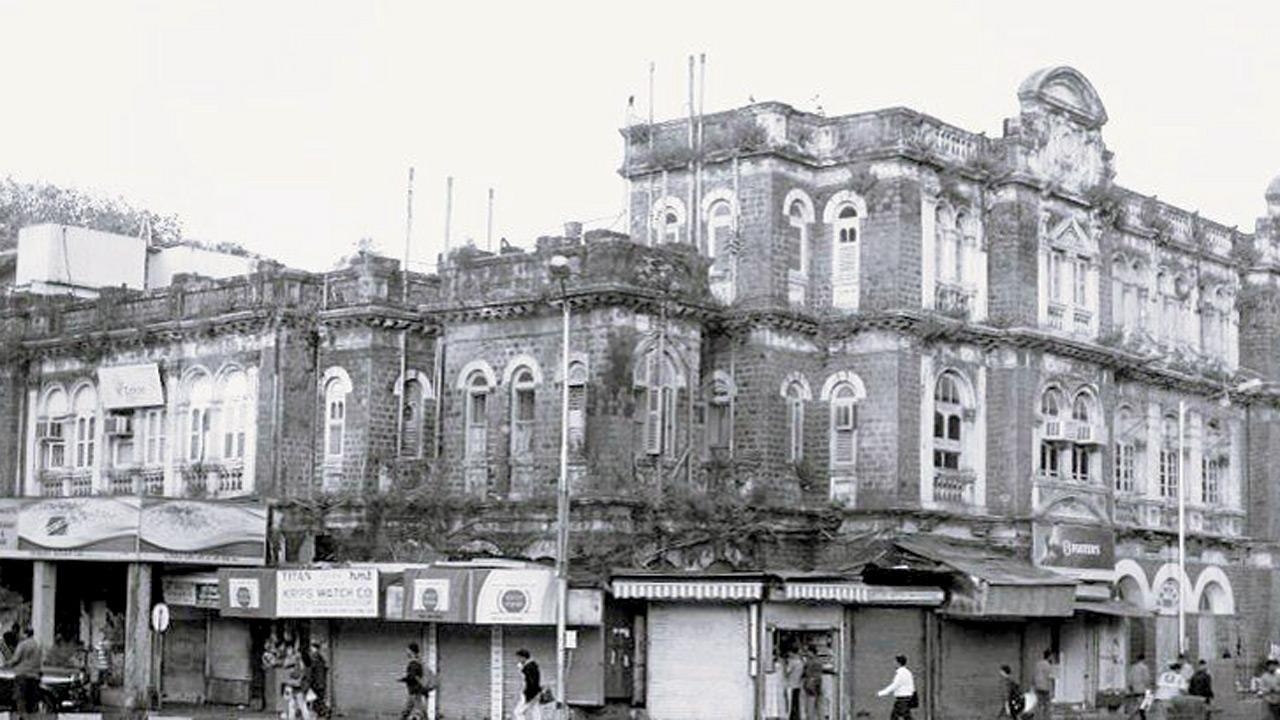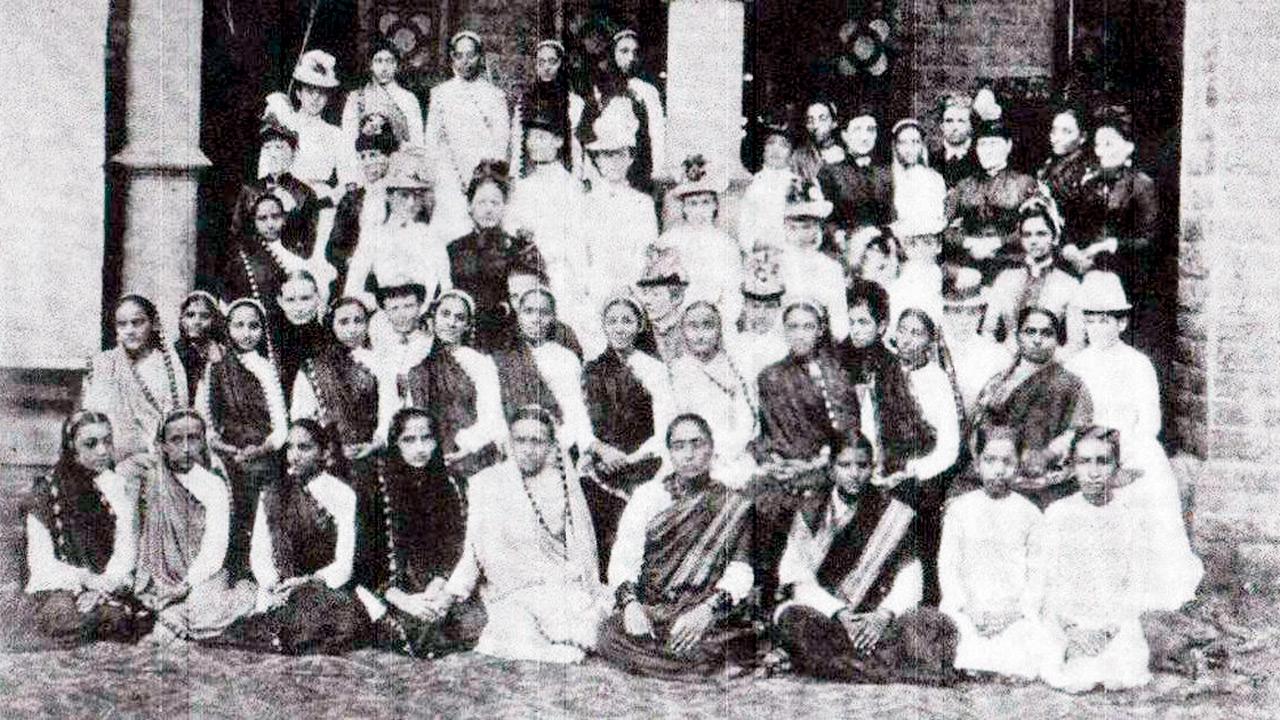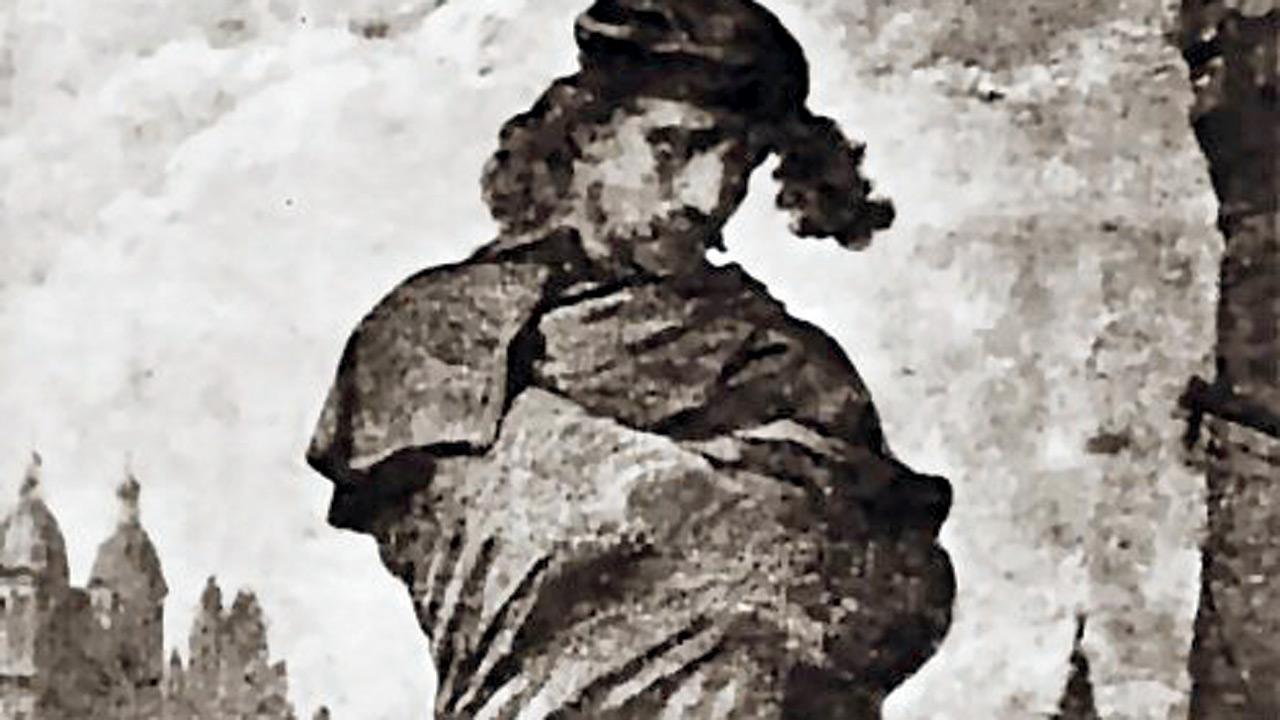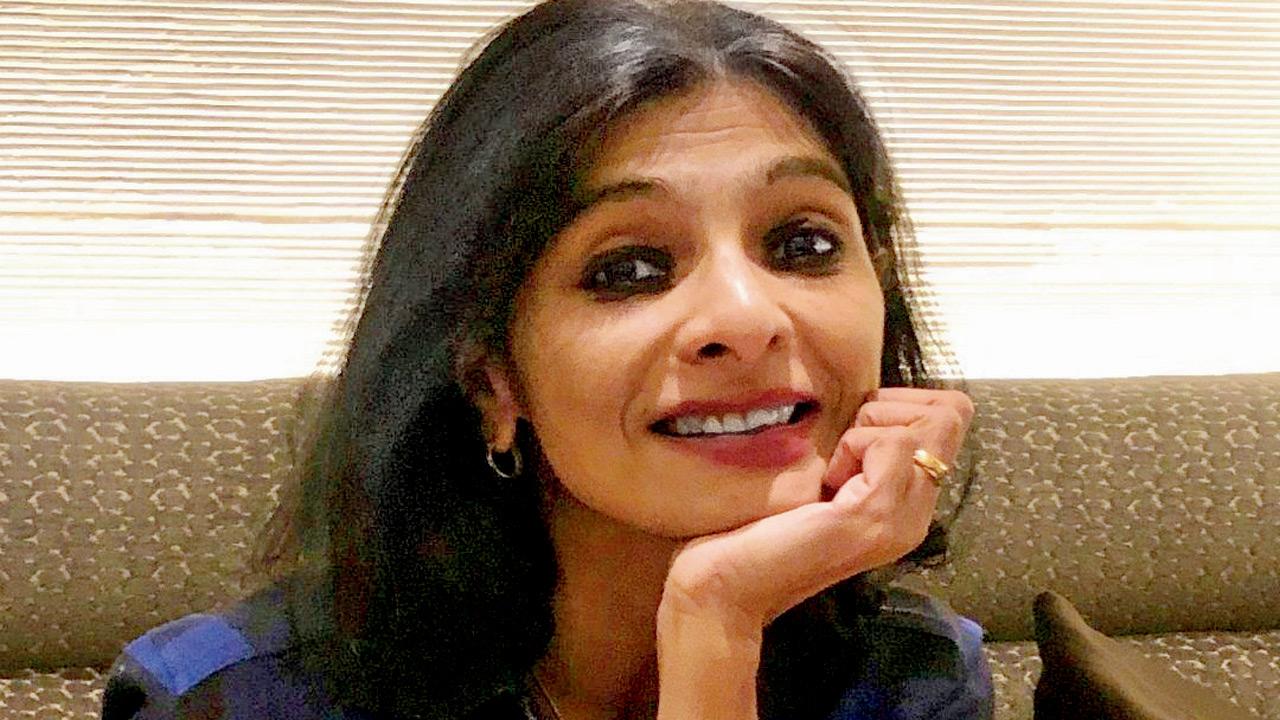A new title offers fascinating anecdotal history of the early American travellers who set foot in India and gives a glimpse of the country before Independence through their experiences

Capitol Cinema, then Gaiety Theatre, was one of the finest theatres in India. Pics courtesy/Wikimedia Commons
Anuradha Kumar’s new book Wanderers, Adventurers, Missionaries: Early Americans in India (Speaking Tiger) is a well-researched exploration of Americans who arrived in India from 1700 to 1950. Unlike the English, who were backed by the royal charter and came for the purpose of the (East India) Company trade, the Americans landed up driven by “their own spirit of search,” Kumar notes. Before she began writing about them, she had been working on essays about South Asians in America.
“I have lived in the US for several years now. While the history of the interaction between South Asians and Americans is relatively new, there’s been a wealth of research done in recent decades by historians like Vivek Bald, Maia Ramnath, Hugh Johnston and Uzma Quraishi. I read history at university, and I got interested in this history as well.” This made her think of those who had made the journey in reverse: “The early Americans who came to India, at a time even before the United States had come into being,” she explains.

Bombay Sorosis. Pic courtesy/The History of the Woman’s Club Movement in America
Kumar’s wanderers include medical missionaries, artists and writers, social thinkers and educators, mystics and fortune seekers. They landed in India on camelbacks and horses, crossed rivers, were shipwrecked, and took ferries. “I remember reading about the painter Lockwood de Forest and his wife Meta travelling to Kashmir and Nepal and the terror Lockwood felt when he crossed a wooden drawbridge across a river in Kashmir. It shook so violently that he had to crawl across,” she shares.
Also Read: International Booker Prize 2025: Know about Banu Mushtaq, the first Kannada writer to win the prestigious award

Daniel Bandmann as Hamlet
Kumar knew of some Americans like Ida Scudder, who founded the Vellore Christian Church, and Satyanand Stokes, educator and Gandhi associate, who cultivated apples. “About others, like Bartholomew Burges, who wrote of his travels and failed to correctly predict a comet in the 1780s, I remember digging through old newspapers. Oftentimes, there would be an article that would be a revelation,” she recalls. For example, she found Burges’s book for the American Merchants because he had advertised for it in the Boston newspapers, inviting subscriptions. Meanwhile, accounts of missionaries were easier to locate as they are well archived in US libraries in the form of missives that they sent home.

Anuradha Kumar
For Kumar some discoveries were happenstance. Kumar heard about doctor and reformer Emma Brainerd-Ryder from Pandita Ramabai’s letters; stumbled upon the physician Clara Swain while searching for books online, and put together scattered writings of the Sanskrit editor Fitzedward Hall. “Once I found a ‘suitable American’, someone who had actually lived in India for a considerable length of time, I looked for everything possible about them.” A considerable time had to be at least three months.
These adventurers stationed themselves in cities and towns, including Bombay (present day Mumbai). They contributed in many ways. Brainerd-Ryder, witnessing young child brides in their homes, began the Bombay Sorosis to raise awareness on women’s education, dress reform, and voting rights. She hosted a gathering at Fort’s Alexandra Girls School for young married women. Daniel Bandmann, a Shakespearean actor, impressed by the passion of the locals in the bard’s work, staged Hamlet in the old Gaiety Theatre (now Capitol Cinema), for which young Parsi gentlemen from Grant Medical College auditioned. “Bombay of the 19th and early 20th century was a modern and cosmopolitan city,” Kumar observes. “All kinds of people and all kinds of ideas flourished. Edwin Weeks wrote of the variety of turbans he saw on the streets. There were several societies — the Bombay Geographical Society, the Natural History Society, Associations for Folklore. Bombay held multiple possibilities; it was a haven for the seeker, whether for fortune, or knowledge.”
A captivating section is about medical missionaries. It reminds readers about the ways in which women navigated their world and found themselves in other countries. The mid-19th century witnessed the convergence of several movements, the beginnings of feminist ideas, reforms on suffrage, education, and marriage, Kumar recollects. Although the sentiment of the West with its “civilizing mission” was central to the missionaries who arrived in India, “women forged a somewhat different understanding, especially if one looks at this history almost separately, if possible,” Kumar explains. They carried empathy and supported their Indian counterparts. For the author, working on stories such as these was an act in resurrecting ‘lost and forgotten voices’. “I felt then that they had not lived their lives in vain; they had not had adventures that were doomed to be forgotten,” she concludes.
Available At leading bookstores and e-stores
Cost: Rs 599
 Subscribe today by clicking the link and stay updated with the latest news!" Click here!
Subscribe today by clicking the link and stay updated with the latest news!" Click here!










